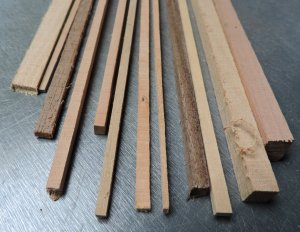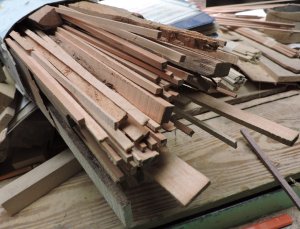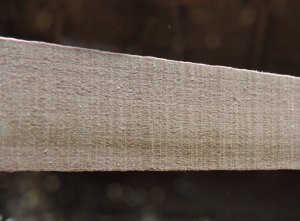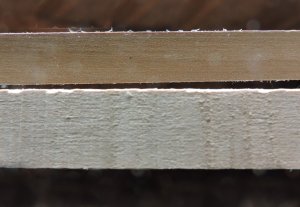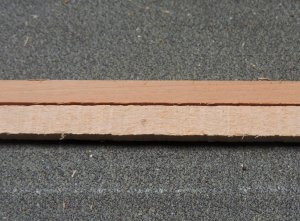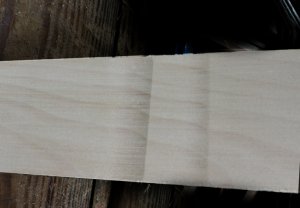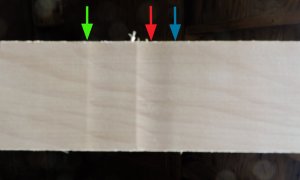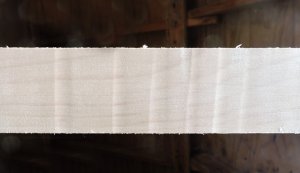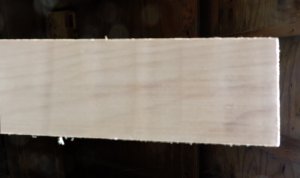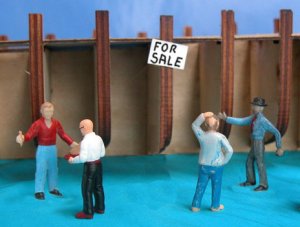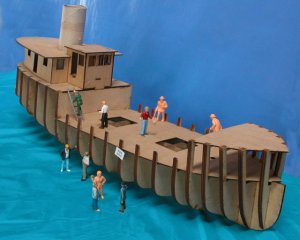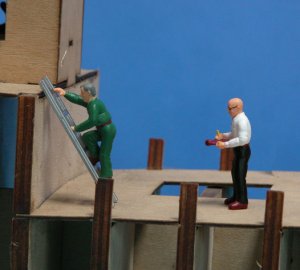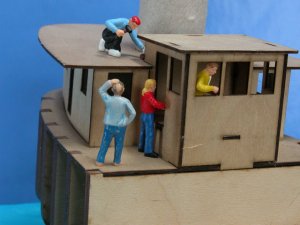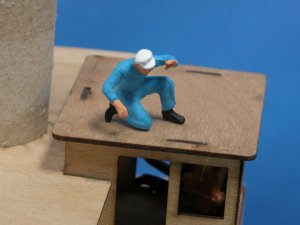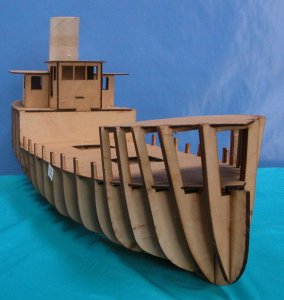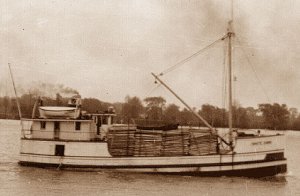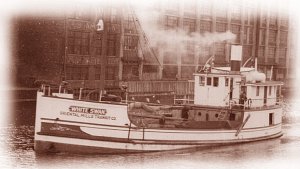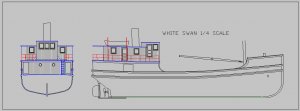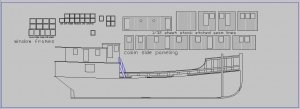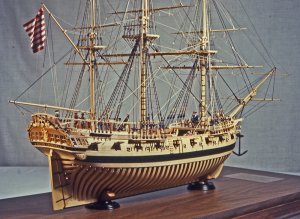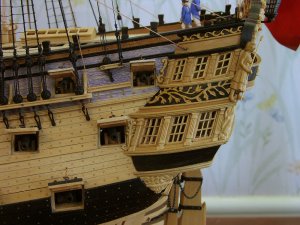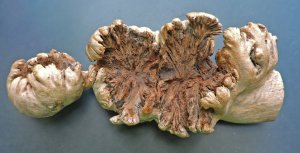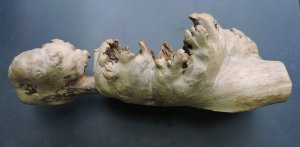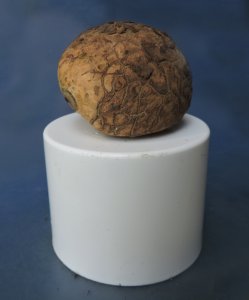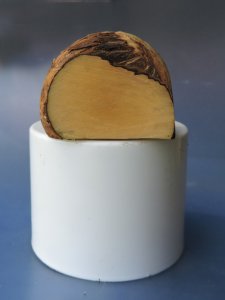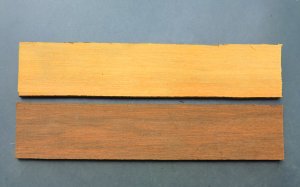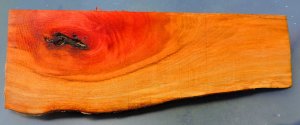if you plan on staying with the hobby the question comes up should I purchase the wood or mill it myself?
Many model builders are more interested in building a model and not in hunting down, collecting, processing and milling their own lumber. That is way to much effort, most would rather spend the time on model building. An alternative is to purchase pre milled wood that is indeed convenient but now you are paying someone to re-saw and mill the wood. The finer the finish the longer it takes and time is money when it comes to business, if your building a model you really do not need a finished surface, dimensioned lumber is all you need the final finish is something you do as you complete the model. Buying rough lumber and doing all your own milling is one way to go if you can get the wood locally, if you have it sent then you are paying for shipping of wood that ends up as saw dust which can be up to 50% of the weight. Also you need the power tools if you don't have the tools their cost can supply you with a life time supply of milled wood.
There is a middle of the road alternative to buying rough lumber and milled wood and that is to buy re-sawn material and you do the final dimensioning. You can buy all kinds of shapes and sizes in any type of wood you want.
View attachment 44278
and you can buy it in bundles saving the cost of shipping that wood that ends up as saw dust on the floor
View attachment 44279
there is a catch to it and there is always a catch that is re-sawn wood is exactly what it implies there are saw marks that you have to sand out
View attachment 44280
The saw marks are not that deep and they can be sanded out with little effort
View attachment 44281
from re-sawn to a finished surface is just a matter of a few passes with sand paper
View attachment 44282
If you intend on doing your own dimensioning and finishing doing it by hand is a labor intensive process, so you might want to consider one of those hobby size thickness sanders OR build one it is not that hard to do.
warning! if you do go this way before you get frustrated and take the machine out back and beat it with a hammer then kick it to the curb because of poor results here is what you need to know up front. Most all these hobby sanders are hand fed they do not have power feed. It is going to take a little practice before you can achieve results and here is why.
in this first example if you hesitate even the slightest you will grind in a trench because the wood stopped moving but the sanding drum did not.
View attachment 44283
the wood has to either be fed (pushed) into the sanding drum or pulled out from under the drum the results of shifting from push to pull
the green arrow is the stop point and will leave a mark, the red arrow is the slight change from push to pull and all it takes is a fraction of a second to leave a mark and the blue arrow is where you start the pull.
View attachment 44284
hogging is when you try to take to much in one pass and you are stalling (slowing down the sanding drum) ever so slightly. so as the drum bites into the surface it leaves a starting mark and as it regains speed it cuts a trench.
View attachment 44285
you have to have the feed constant the depth of the sanding perfect. If not enough you will be at it for hours on end just taking a dusting off per pass or to much and your hogging the machine. Most of the time you end up with a wavy surface. it is slight but it is there.
View attachment 44286
as a result you may find yourself mumbling what the @!#% might as well just buy milled wood. Or with practice you may say YES! I can now custom mill anything I want from re-sawn material.
sanders with power feed are available but expensive and if model building is just a hobby the cost invested in these machines will buy you a life time supply of pre milled wood. To go this deep into the hobby to justify the cost you will have to build a lot of model ships or if you love the great out doors and hunting for different wood then you will need to make the investment in tools




